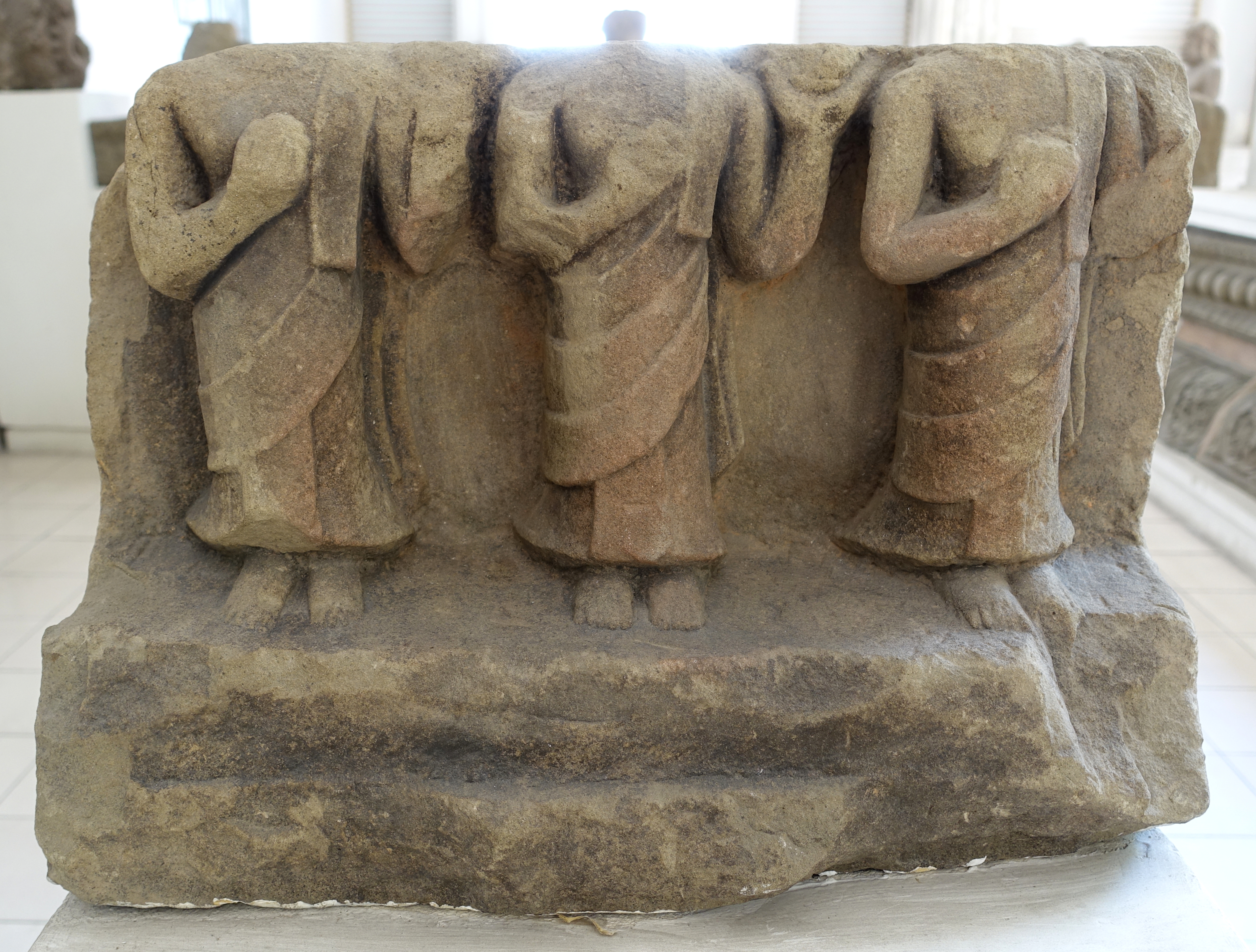Time Periods
Paleolithic
Mesolithic
Neolithic
Chalcolithic
Bronze Age
Iron Age
Classical Period
Post-Classical Period
Early Modern Period
Industrial Period
Contemporary Period
Time Periods
Paleolithic
Mesolithic
Neolithic
Chalcolithic
Bronze Age
Iron Age
Classical Period
Post-Classical Period
Early Modern Period
Industrial Period
Contemporary Period
Location
About
Mỹ Sơn (Vietnamese pronunciation: [mǐˀ səːn]) is a cluster of abandoned and partially ruined Shaiva Hindu temples in central Vietnam, constructed between the 4th and the 13th century by the Kings of Champa, an Indianized kingdom of the Cham people. The temples are dedicated to the veneration of God in accordance with Shaivism, wherein God is named Shiva, or The Auspicious One. In this particular complex, he is venerated under various local names, the most important of which is Bhadreshvara. Mỹ Sơn is located near the village of Duy Phú, in the administrative district of Duy Xuyên in Quảng Nam Province in Central Vietnam, 69 km southwest of Da Nang, and approximately 10 km from the historic Champa capital of Trà Kiệu. The temples are in a valley roughly two kilometres wide that is surrounded by two mountain ranges. From the 4th to the 13th century AD, the valley at Mỹ Sơn was a site of religious ceremony for kings of the ruling dynasties of Champa, as well as a burial place for Cham royalty and national heroes. It was closely associated with the nearby Cham cities of Indrapura (Đồng Dương) and Simhapura (Trà Kiệu). At one time, the site encompassed over 70 temples as well as numerous stele bearing historically important inscriptions in Sanskrit and Cham. Mỹ Sơn is perhaps the longest inhabited archaeological site in Mainland Southeast Asia, but a large majority of its architecture was destroyed by US bombing during a single week of the Vietnam War. The Mỹ Sơn temple complex is regarded one of the foremost Shaiva Hindu temple complexes in Southeast Asia and is the foremost heritage site of this nature in Vietnam. It is often compared with other historical temple complexes in Southeast Asia, such as Borobudur of Java in Indonesia, Angkor Wat of Cambodia, Wat Phou of Laos, Bagan of Myanmar and Prasat Hin Phimai of Thailand. As of 1999, Mỹ Sơn has been recognized by UNESCO as a World Heritage Site. At its 23rd meeting, UNESCO accorded Mỹ Sơn this recognition pursuant to its criterion C (II), as an example of evolution and change in culture, and pursuant to its criterion C (III), as evidence of an Asian civilization which is now extinct.
Plan Your Visit
Details
- Country
- Vietnam
- Source
- Wikipedia
More Sites in Vietnam
Óc Eo
Explore this archaeological site.

Indrapura (Champa)
Ruins of ancient Cham capital city.
Con Moong Cave
Mesolithic cave with thick cultural layers
Cổ Loa Citadel
Explore this archaeological site.
Mán Bạc
Explore this archaeological site.
Phong Châu
Explore this archaeological site.
